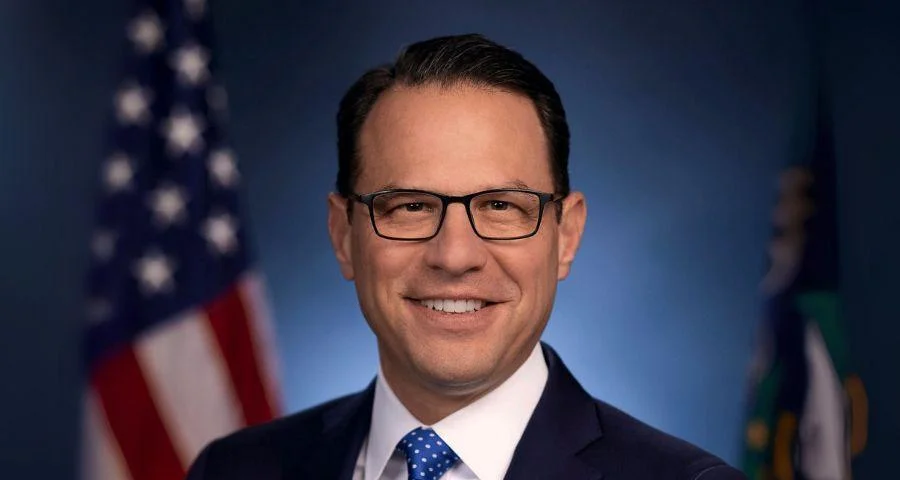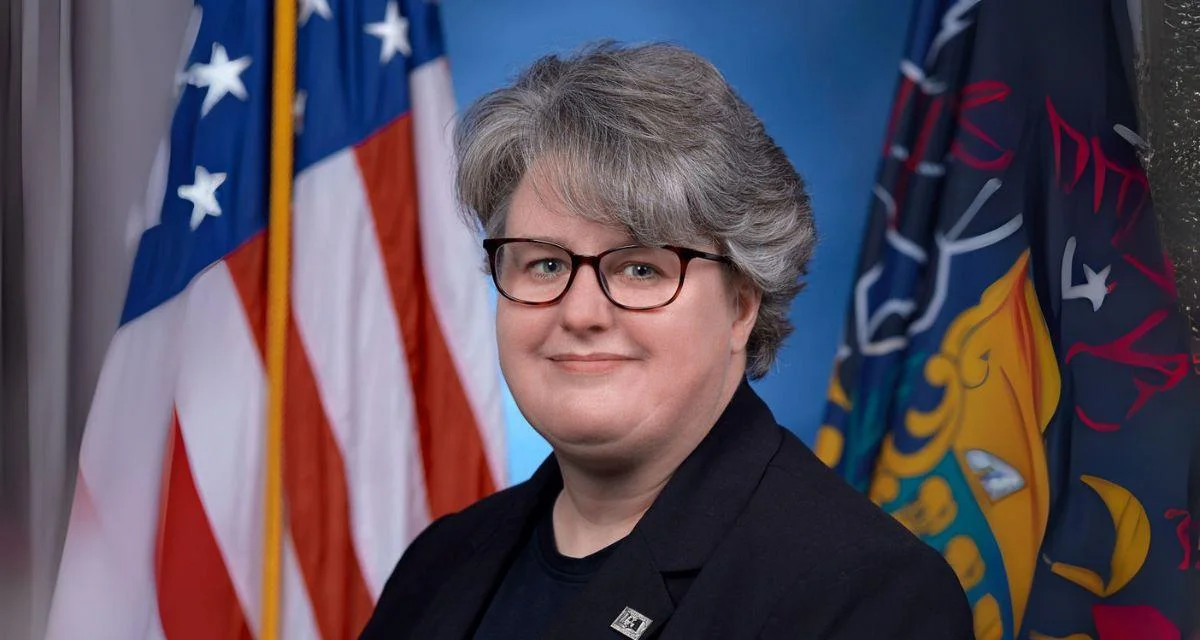
Emily Tate Sullivan Senior Reporter | EdSurge Research
On April 23, President Donald Trump signed an executive order titled Advancing Artificial Intelligence Education for American Youth, aimed at promoting the integration of AI into education. The order seeks to ensure the United States maintains a leadership position in technological innovation and sets forth measures to incorporate AI education into schools.
The directive intends to teach students and train teachers in AI, aiming to improve educational outcomes. According to the order, integrating AI in schools can demystify the technology, inspire creativity, and prepare students to participate responsibly in the future workforce. The order underscores the need to nurture the next generation of AI innovators.
To implement this initiative, the order proposes the establishment of a White House Task Force on Artificial Intelligence Education. This task force, comprising cabinet members and led by the Office of Science and Technology Policy director, will form public-private partnerships with AI industry groups, nonprofits, and academic institutions. These partnerships will aim to develop online AI literacy resources for K-12 students.
The executive order also directs the Secretary of Education to identify federal spending strategies to leverage AI for educational improvements at all levels. Suggestions include AI-based teaching resources, higher education advising, and enhanced tutoring. Additionally, it stresses the importance of professional development for teaching AI across various subjects, along with reducing administrative burdens on teachers using technology.
The order also proposes establishing AI-related apprenticeships, initiating a Presidential Artificial Intelligence Challenge for students, and offering AI courses through college dual enrollment. While some objectives of the order lack deadlines, others are targeted for completion in the near term.
Beth Rabbitt, CEO of The Learning Accelerator, supports the educational goals, likening the emergence of generative AI to the advent of electricity. Rabbitt urges caution, emphasizing the need for educators to ensure students understand and use AI effectively while avoiding potential harms.
Pete Just, from the Consortium for School Networking, believes the executive order will highlight the importance of AI technology in educational leadership discussions. "I think this will certainly bring the conversation forward again," he said.
Despite the opportunities AI presents, Rabbitt highlights the importance of safeguarding children by ensuring tools are safe and effective. The lack of harm-mitigation measures in the order is a concern, given the current regulatory landscape.
Efforts are underway by educators, including the School Teams AI Collaborative backed by The Learning Accelerator, to explore productive uses of AI in education, such as providing writing feedback and teaching civics through AI chatbots.
Cheryl Holcomb-McCoy, president and CEO of the American Association of Colleges for Teacher Education, sees AI as a valuable tool for ongoing teacher training, particularly for new teachers. She stressed the need for additional federal support for training science, math, and technology teachers.
Education leaders express hope that with careful planning and a realistic pace of change, AI can have a positive impact on education. Policymakers and educators should avoid rapid shifts without sufficient preparation to ensure successful integration of AI tools in classrooms.





 Alerts Sign-up
Alerts Sign-up